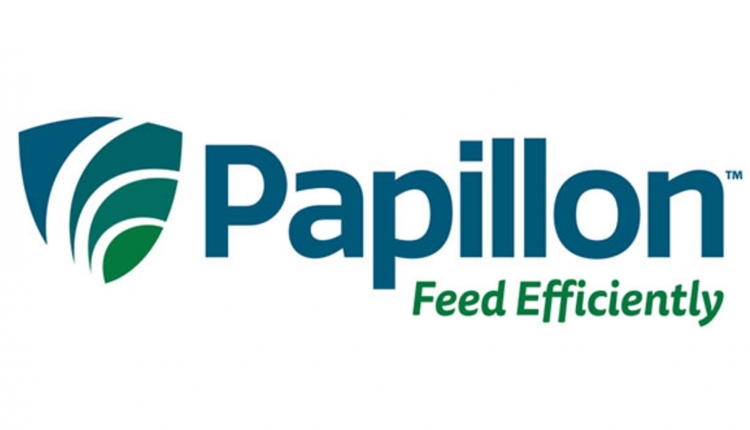
Calf morbidity and mortality continue to be a challenge for dairy producers. A 2014 National Animal Health Monitoring System (NAHMS) survey found that calf mortality averaged around 8% while morbidity neared 37%. Both numbers exceed the recommended 5% mortality and 25% morbidity for preweaned heifers.
The leading cause of morbidity and mortality in calves is digestive disorders. Bacterial pathogens such as Clostridia, E. coli, and Salmonella as well as viral pathogens and parasites are the primary causative agents in digestive disease.
And in the winter, these digestive disorders pose an even greater danger.
Managing the winter window
In the winter months, a calf is particularly susceptible to pathogens as she is forced to divert energy away from immune function and growth toward heat production to keep herself warm. This gives pathogens a chance to colonize the body when immune defenses are compromised.
To reduce challenges to calf health in the winter months, it is imperative to reduce stressors they face. Common stressors include cold temperatures, wet and muddy conditions, shifts in air quality, and environmental pathogens.
Cold challenges can be reduced through use of deep straw bedding, utilizing calf jackets, and altering the diet to provide more energy for maintenance. Managing the physical environment of the calves to reduce mud and water build up while also supporting good air flow can further reduce stress on calves.
Even with these practices in place, environmental pathogens still linger. In winter, mud is a concern as it harbors a variety of pathogens including clostridia. Other sources of contamination include equipment, such as hoses and bottles, calf-to-calf contact, manure, and in some cases, feed. Sanitation practices are highly effective at reducing pathogens, particularly those from equipment, but ultimately, it is impossible to completely eliminate pathogens from the environment.
Adding functional additives to the toolbelt
To help calves through pathogen challenges, functional additives — including prebiotics, probiotics, and plant compounds — can be a useful tool.
In the preweaned calf, functional additives should prevent pathogen colonization in the body, restore the health of the mucosal membranes including the gut and lungs, ensure the calf has a robust immune system to quickly and effectively eliminate future pathogen challenges, and support a healthy microbiome.
A regionally formulated multi-strain probiotic such as BaciFlex Calf is an example of a functional additive developed to harness the natural properties of probiotic bacteria to support calves through pathogen challenges. Research has shown that BaciFlex Calf inhibits growth of common on-farm strains of Clostridia, E. coli, and Salmonella, increases gastrointestinal tight junction protein expression, increases tissue healing, and supports growth in calves.
When effective management practices are combined with tools like probiotics, we can reduce pressure on the calf so that her energy can be directed toward growth and performance. So, as the winter months approach, focus on the four key areas of stress for a calf: cold temperatures, wet and muddy conditions, air quality, and environmental pathogens. Proactively targeting these four areas can go a long way in minimizing digestive challenges leading to a healthier and more productive calf.
Papillon Agricultural Company develops and produces premium nutritional products for consultants, feed suppliers and producers nationwide. We commit to progressive research and a rigorous quality control program to deliver consistent, high-quality ingredients designed to maximize feed efficiency at the farm level. Our product portfolio includes prebiotics and probiotics, amino acid blends and specialty solutions.



